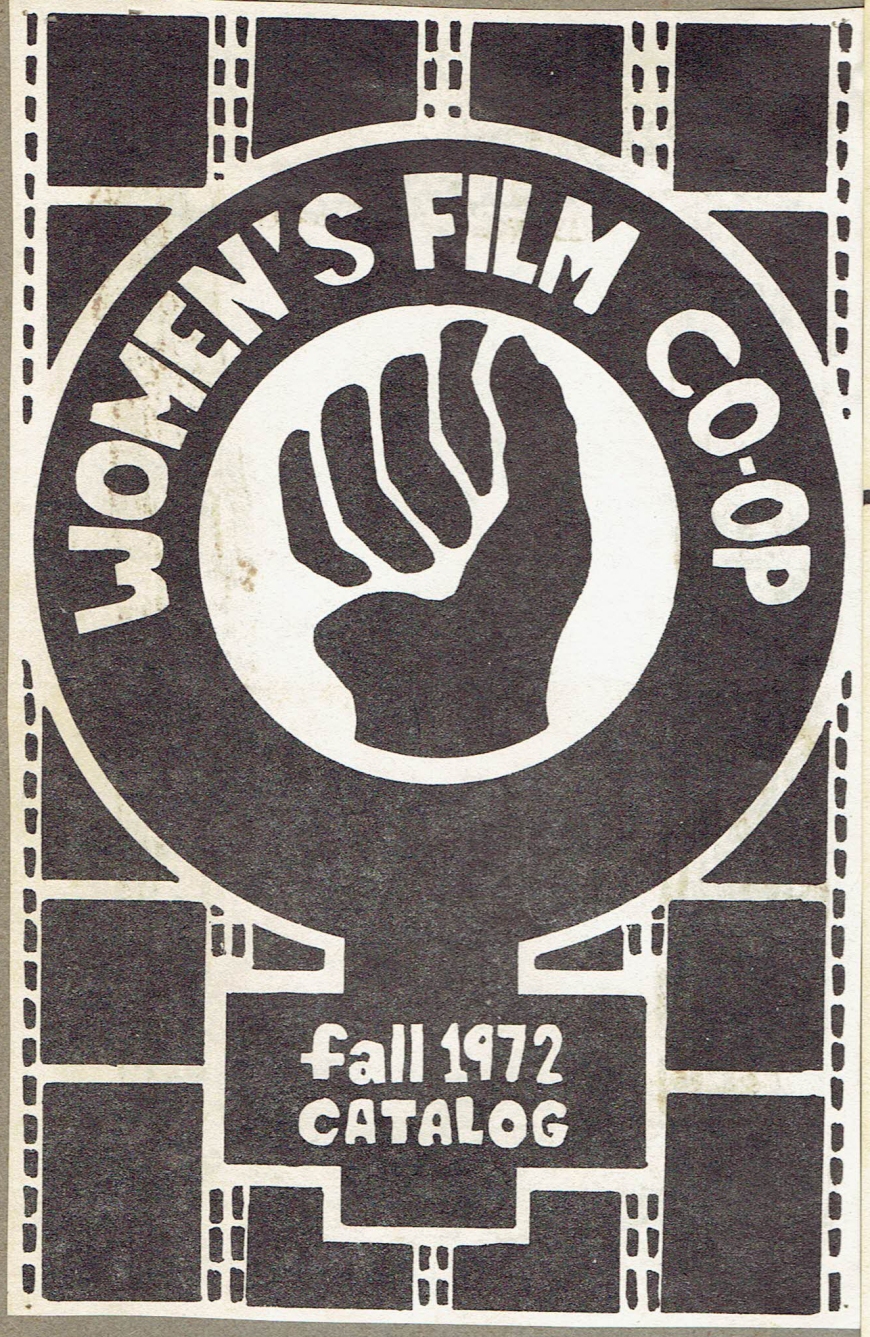As the student founders of Smith College’s first lesbian group graduated, the unfunded and unofficial Sophia Sisters folded in 1975. The next year, however, a new student group formed. Calling themselves the Lesbian Alliance, over the next several years they fought hostility from other students to achieve official group status, space in the Women’s Resource Center, and student government funding. As the 1977 flyer included below indicates, they laid the organizational foundation for a much greater town/gown collaboration in the 1980s. It is likely members of SCLA attended the first (?) Seven Sisters Lesbian Conference held at Radcliffe in 1978.
Flyer/Agenda. Courtesy of the Smith College Archives
Sources:
_Braverman, Stacy. “Crushes at Smith.” Unpublished paper submitted to KMR for use in the chapbook. 2003.
__[Raymond], Kaymarion and Letalien, Jacqueline, editors. The Valley Women’s Movement: A Herstorical Chronology 1968-1978. Ceres Inc. Northampton MA. 1979. http://vwhc.org/timeline.html
__Lozier, Anne. “Records of the Lesbian Bisexual Transgender Alliance, 1976-2003.” Finding Aid, College Archives, Smith College. Northampton. 2003







 I worked as a staff person at both VWC and, later, Everywoman’s Center as an out lesbian. Through that work, I came to know lesbians who were active in all of the other community centers and some of the campus ones. It did seem to me that as new activities and groups started at the Valley Women’s Center in Northampton, an increasing number of new members becoming involved were lesbians, but in those early years it’s just anyone’s guess. Here’s how I made one.
I worked as a staff person at both VWC and, later, Everywoman’s Center as an out lesbian. Through that work, I came to know lesbians who were active in all of the other community centers and some of the campus ones. It did seem to me that as new activities and groups started at the Valley Women’s Center in Northampton, an increasing number of new members becoming involved were lesbians, but in those early years it’s just anyone’s guess. Here’s how I made one.





